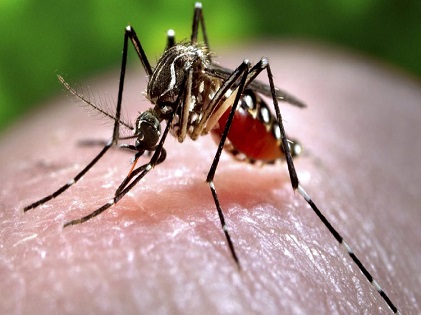 Well, all these years, China was famous for numerous things. It has been one of the fastest-growing economies for the past 30 years by reporting a ten percent year-on-year growth. And since 2016, it has been the world’s second-largest economy with a GDP of 11.4 trillion USD. The country also takes pride in being the world’s factory as it is the largest producer of numerous products like fertilizers, concrete, clothing, concrete, and toys.
Well, all these years, China was famous for numerous things. It has been one of the fastest-growing economies for the past 30 years by reporting a ten percent year-on-year growth. And since 2016, it has been the world’s second-largest economy with a GDP of 11.4 trillion USD. The country also takes pride in being the world’s factory as it is the largest producer of numerous products like fertilizers, concrete, clothing, concrete, and toys.
However, in the past few months, it has changed the way the world views this nation. All the natural wonders, wildlife, food, and technological innovations took a backseat with the biggest pandemic of the millennium spreading from this nation. However, if you thought COVID-19 was the only virus that spread from this nation, think again.
The past few months saw numerous other bacterial and viral infections originate from China. And most of these spread to the nation and then the rest of the world because of human error. While it is not much we could do about the existing pandemic, but wait for the vaccine. You could protect yourself from this new virus by taking certain precautions.
While most of them didn’t turn into an epidemic or pandemic, the world is in fear. And most of this is because of the weakened immune systems of people in this COVID-19 era. If you wonder why we are talking about China and the virus spreads from the country, we have a reason. There’s a new virus that’s originated from this country and is rapidly spreading now. Here’s all you need to know about the Cat Que Virus.
What is Cat Que Virus?
 The virus originated in China can cause numerous diseases or infections like febrile illnesses, meningitis, and pediatric encephalitis. This virus belongs to the Bunyaviridae virus’s family and is a Simbu serogroup virus of the Orthobunyavirus genus.
The virus originated in China can cause numerous diseases or infections like febrile illnesses, meningitis, and pediatric encephalitis. This virus belongs to the Bunyaviridae virus’s family and is a Simbu serogroup virus of the Orthobunyavirus genus.
As this is a sporadic infection, it is difficult or rather impossible to predict its spread. However, nations with Culex mosquitoes are at a higher risk. Recent research shows that nations like Vietnam and India seem to have recorded numerous cases so far. This is an arthropod-borne virus that spreads through the spread of Culex mosquito with the infection.
How Does it Spread?
 The first traces of the Cat Que Virus or CQV were found in 2004 in Vietnam while finding acute pediatric encephalitis spread. A few other research findings also suggest that even pigs could be a carrier of this virus. And this increases the spread of infection in third world nations like India.
The first traces of the Cat Que Virus or CQV were found in 2004 in Vietnam while finding acute pediatric encephalitis spread. A few other research findings also suggest that even pigs could be a carrier of this virus. And this increases the spread of infection in third world nations like India.
As the Culex mosquitoes thrive in moist and warm climates, the people in areas closer to marshes, ponds, or lakes are more vulnerable to infestations.
The Culex mosquitos are different from the normal mosquitos as they are usually in grey with white, silver, or green scales. Besides that, they are slightly tiny in size and are hard to spot. Another factor that makes it difficult to spot these mosquitoes is that they remain active at dawn and dusk when it’s dark, and there is low visibility.
Will It Turn Into A Pandemic?
Do you think the Cat Que Virus turns into an epidemic or a pandemic? Well, scientists say that the Cat Que Virus will only lead to a sporadic infection and might not become an epidemic or a pandemic. A sporadic infection is an infection that appears and occasionally spreads and without any geographical concentration.
Yes, it has an irregular spread of infection. Plague, tetanus, etc., are a few examples of sporadic infections as they cannot spread fast as it does not transmit as easily as the COVID-19 virus does. So, that is one less thing to worry about for the rest of us now.
What Could You Do?
 However, it is important to be careful and take all the precautions you can to avoid spreading. This will ensure that you do not fall victim to yet another health issue at the time when the pandemic is gripping the world.
However, it is important to be careful and take all the precautions you can to avoid spreading. This will ensure that you do not fall victim to yet another health issue at the time when the pandemic is gripping the world.
As Cat Que Virus can affect the animals, please take good care of your pets and make sure they get all the necessary vaccines. The last thing you want at a stressful time like now is to deal with your beloved pet falling sick. So, talk to your vet for your pet’s health and your general physician to understand the precautions you need to take.




